- Home
- personal finance
- 10 Things You Probably Never Knew About Money
10 Things You Probably Never Knew About Money
Coins have ridges to protect against counterfeiting.

A dollar bill only lasts 18 months before it wears out.
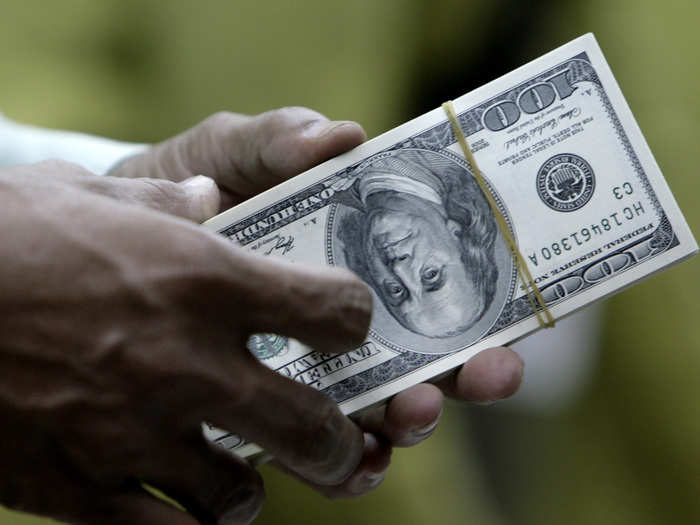
The dollar bill is the most circulated bill in the U.S. One-dollar bills account for 48% of the paper bills printed by the U.S. Bureau of Engraving and Printing. A dollar bill usually makes it through around 18 months of use before it wears out.
If you take the time to look at the dollar bill you will notice a few things. It's easy to notice the "all seeing eye" over the pyramid, the eagle with 13 arrows in its talons and the Latin phrase E Pluribus Unum (Out of many, One). There are a few things, however, you might have missed, such as other phrases on the bill:
- Annuit Coeptis - "God (or He/Providence) has favored our undertakings"
- Novus ordo seclorum - "New Order of the Ages"
- In God We Trust - This phrase actually first appeared on U.S. money between 1864 - 1873 on a two-cent coin. It reappeared in 1955 and has been on all U.S. money since 1963
In 2010, the U.S. Mint produced roughly 1,856,000,000 one dollar bills. If you have one-million of them, they would weigh, 2,040.8 pounds. Ask for 20s instead, as one million of them would only weigh 20.4 pounds. As well, you can make change for a one-dollar bill 293 ways.
Living Presidents are banned from having their faces on currency.

Pennies, you either love them or hate them. They were the first denomination of coins struck in the U.S. and they've been around a long time. They've been around since 1793 when they were 100% copper. President Lincoln made his appearance on the penny in 1909.
Modern pennies are made of a bit of copper with zinc and nickel. There were 4,938.54 million pennies produced in 2011. The current design of the penny still features President Lincoln on the front, but the reverse has gone through several revisions. It now shows a Union shield with 13 vertical stripes, a single horizontal bar across the top which represents the Union, and "E Pluribus Unum." There have been recurring attempts to stop production of the penny, but for now, it is still being produced.
By legislation created during the Revolutionary years of the U.S., no living person can be featured on a coin. It was to ensure that the U.S. would not appear like a monarchy, as living kings during the era were cast onto their countries coinage. There has been one exception to this rule, President Calvin Coolidge. His image was struck on a commemorative coin that celebrated the Sesquicentennial of American Independence. It was minted in 1926.
The first woman to appear on U.S. coins wasn't even American.
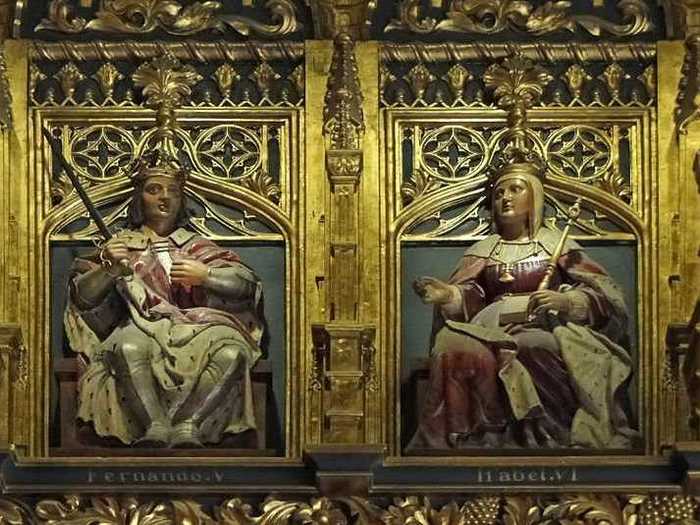
Several women have appeared on U.S. coins. The very first woman was actually not an American, she was a Spanish queen. Featured on a commemorative coin, Queen Isabella of Spain was the first lady to be cast on a U.S. coin in 1893.
First Lady Martha Washington however, is the first woman to appear on circulated paper money. She was featured on a $1 Silver Certificate in 1886 and 1891. Since then, Sacagawea, Susan B. Anthony and Helen Keller are the only other women to be featured on circulating money. The first African-American to appear was Booker T. Washington. His image was cast onto a memorial half-dollar. While there have been several African-American Treasurer's of the U.S., none have been featured on circulating currency.
The U.S. Mint isn't the only place where money is produced.

There are several communities within the U.S. that actually produce their own money, and you've probably used some of it.
If you've ever been to a Walt Disney theme park, you have used "Disney" money. Many colleges produce their own money for student use, and even a few small communities like Ithaca, New York provide local cash.
This was created to provide more spending within the community at small businesses. You exchange various amounts of U.S. cash for community dollars to make purchases with, and those community dollars can increase in value.
Benjamin Franklin is the only non-President to appear on a bill.
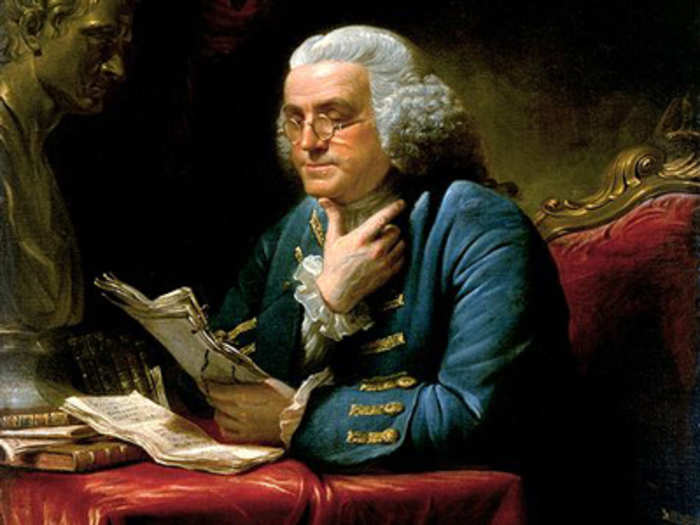
Contrary to a common belief, the U.S. Government has never issued a one-million dollar bill. The largest denomination ever printed was a $100,000 Series 1934 Gold Certificate. This bill was used only in banking transactions and was never publicly circulated. It featured the portrait of President Woodrow Wilson.
Today, the highest publicly circulating denomination of U.S. paper currency is the $100 bill. The $100 also features the only circulating currency that does not feature an American president on its face. Founding Father, Benjamin Franklin has the honor.
The most counterfeited bill in the country is $20.
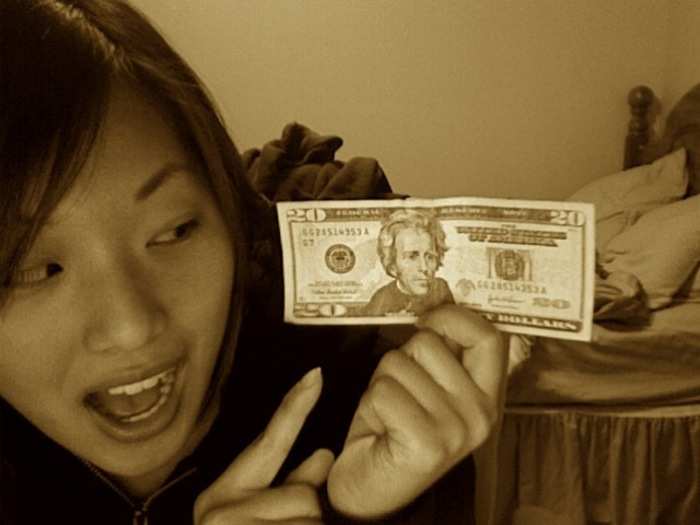
In the early years of the nation, counterfeiting was a crime punishable by death. Benjamin Franklin, who also printed money for a short time actually put the phrase, "to counterfeit is death" on his money. Counterfeiting was and is considered a threat to the economic stability of a nation.
Early in the nation's history, before the U.S. Mint was established, many colonies printed their own money. Foreign money was often used and much of it was easily counterfeited. To combat this, the U.S. Mint and Secret Service were created.
The most counterfeited denomination of money is the $20 bill followed by the $100. In foreign countries, the U.S. $100 is the most frequently counterfeited. As of 2005, the U.S. Secret Service reported: "foreign seizures totaling $37.9 million in counterfeit U.S. currency and foreign passing totaling $4.8 million in counterfeit U.S. currency." Coins are also still counterfeited, although today they are most likely to be fakes of rare and valuable coins.
95% of all the new money being printed is used to replace U.S. dollars that wind up overseas.
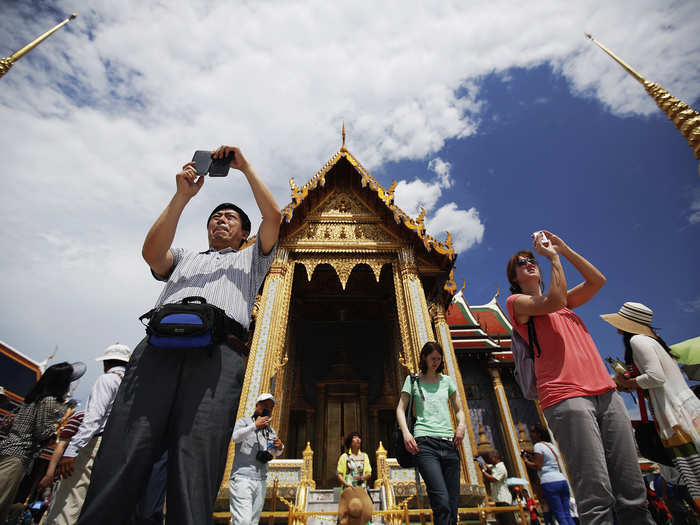
2012 celebrated the 150th anniversary of The U.S. Bureau of Engraving and Printing. As a part of the U.S Treasury Department, this Bureau oversees the U.S. Mints nationwide. It prints 37 million bills a day, or $696 million dollars. This amount doesn't reflect 'new money.' Ninety-five percent of this is printed to replace currency already in circulation. The U.S. dollar is the most widely used currency in international transactions.
All this printing requires 18-tons of ink per day. The paper and the ink currently used to print money is the exact same that was used during the Civil war and is not paper, but a cotton blend. While this is very impressive, the Monopoly game actually prints more money annually. Nine engravers produce all the plates used to print money, and all those plates are engraved in reverse.
The U.S. Mint was the very first federal building built by the U.S. Government and first struck coins in 1793, using a decimal system created by Thomas Jefferson. The U.S.'s largest mint is located in Philadelphia and covers five acres. The San Francisco mint was one of the few buildings that survived that city's great earthquake of 1906.
Dollar bills are filthy, often turning up traces of Salmonella and E.coli.

According to several recent studies, money in your wallet it is some really dirty stuff. The older the bills, the more contaminants that are present, including salmonella and E.coli. Bills that are printed on primarily cotton material were found to have the highest levels of bacteria, where those created on newer, slicker polymers had the least.
In a study conducted by the University of Ballarat in Australia, scientists collected over 1,200 banknotes from various countries worldwide. The results of the study showed: "In the United States, the cleanest dollars hosted just 20 bugs, which the researchers refer to as colony forming units, or CFUs; the dirtiest greenbacks hosted 25,000, which translates to about 128 CFUs per square centimeter."
Most of the bacteria is completely harmless, but there is always the possibility of a few very bad germs lurking on your money. The best advice is to wash your hands after handling cash.
More people have fantasies about money than sex.

Each bill is said to have a story: who held it, what it purchased and who might have saved it. A lot of history, economics and politics follow the money, everywhere.
Money has become the thing most sought out by many. A survey recently concluded that American's have more fantasies about money than sex. It also found that your odds of winning the lottery are roughly 10 million to one. Still, that chance exists, and for many the lure of the money is worth the odds.
Now that you've brushed up on history...
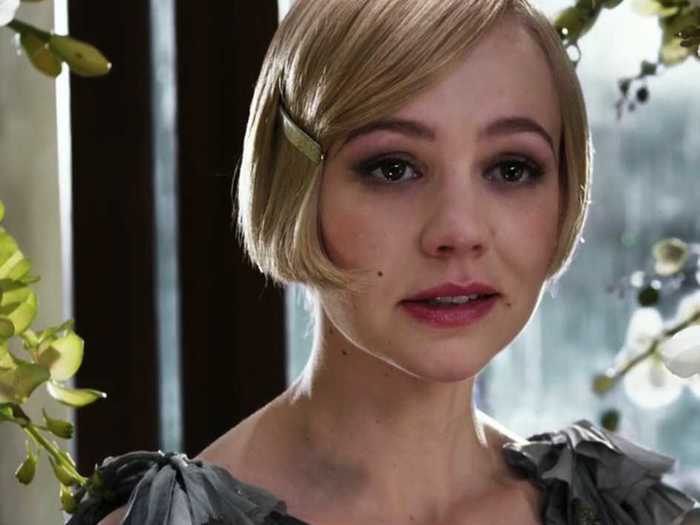
Popular Right Now
Popular Keywords
Advertisement